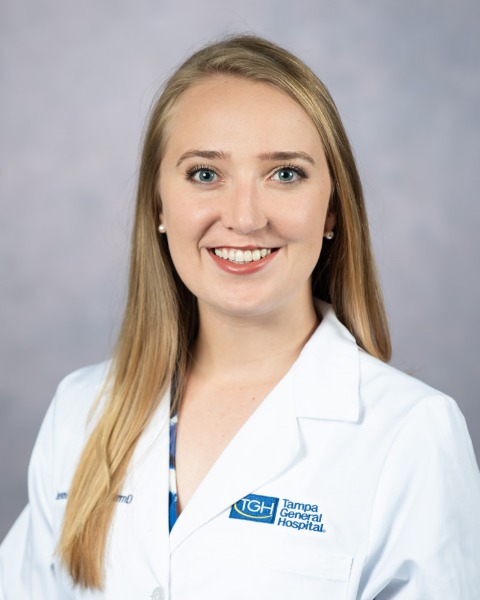Assessment of Cardiothoracic Surgery Weight-Based Heparin Protocol Implementation
-

Jennifer Marsh, PharmD
Clinical Pharmacist
Tampa General Hospital
Tampa, FloridaDisclosure information not submitted.
-
MG
Maresa Glass, PharmD, BCCCP,FCCM
Pharmacotherapy Specialist Coordinator- Critical Care
Tampa General Hospital, United StatesDisclosure information not submitted.
First Author(s)
Co-Author(s)
Title: Assessment of cardiothoracic surgery weight-based heparin protocol implementation
Introduction:
Systemic anticoagulation with heparin requires balancing risks of bleeding and clotting. The use of weight-based heparin protocols based on anti–factor Xa (anti-Xa) assays allows clinicians to target an acceptable level of anticoagulation. While the standard anti-Xa goal at Tampa General Hospital is 0.3-0.7 IU/mL, this goal was deemed too aggressive in certain cardiothoracic (CT) surgery patients requiring anticoagulation at high bleeding risk. Two protocols were developed targeting an anti-Xa 0.1-0.3 at a starting rate of 10 units/kg/hour for complicated CT surgery patients and target anti-xa 0.3-0.5 at a starting rate of 14 units/kg/hour in standard CT surgery patients. This analysis assessed safety and efficacy of these starting doses and therapeutic ranges.
Methods:
This was a single-center retrospective chart review conducted from July 1, 2020-August 31, 2020. All adult patients who received one of the new CT surgery protocols during this period were identified and all CT heparin courses during the associated admission were reviewed. The primary outcome was the percentage of patients with anti-Xa in target range at the first 6-hour check.
Results:
There were 14 heparin courses administered using the standard protocol and 23 heparin courses using the complicated protocol. The most frequent indication for heparin was the presence of a ventricular assistive device. In the standard CT protocol, 36% of patients were therapeutic on first anti-Xa check, with 43% subtherapeutic and 21% supratherapeutic. The median time to first therapeutic anti-Xa was 24 hours, with a median dose of 14 units/kg/hour. Bleeding events were documented in 29% of the patients. No thrombotic events were recorded. In the complicated protocol, 91% of patients were therapeutic on first anti-xa check; the remaining were supratherapeutic. The median time to first therapeutic anti-Xa was 6 hours, with a median dose of 12 units/kg/hr. Bleeding events were documented in 30% of patients. No thrombotic events were recorded.
Conclusions:
The starting heparin doses are appropriate for the corresponding target anti-Xa goals. Bleeding events occurred in both protocols, highlighting the need for individualized goals in this high-risk population. Reduced heparin anti-Xa goals did not result in any thrombotic events in this limited sample.
